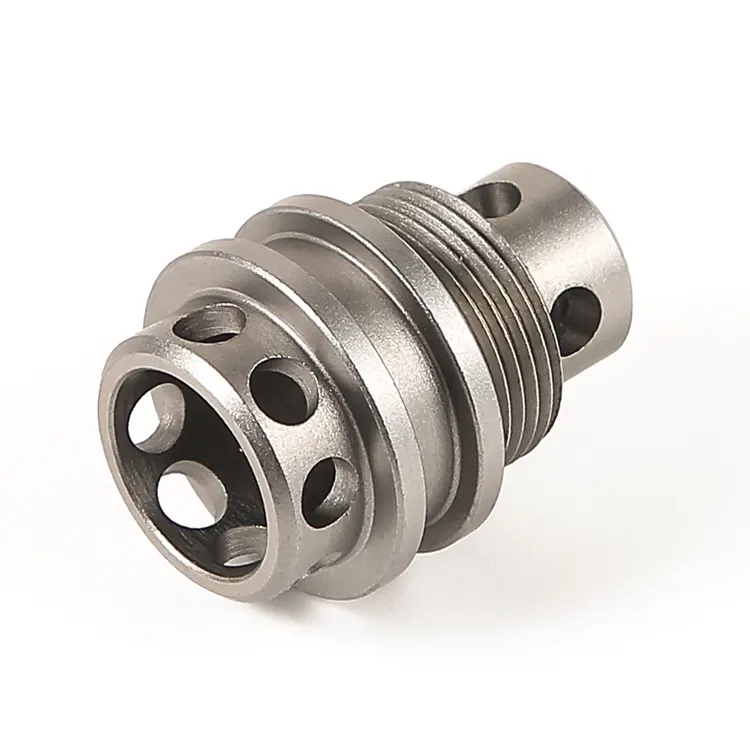- English
- Español
- Português
- русский
- Français
- 日本語
- Deutsch
- tiếng Việt
- Italiano
- Nederlands
- ภาษาไทย
- Polski
- 한국어
- Svenska
- magyar
- Malay
- বাংলা ভাষার
- Dansk
- Suomi
- हिन्दी
- Pilipino
- Türkçe
- Gaeilge
- العربية
- Indonesia
- Norsk
- تمل
- český
- ελληνικά
- український
- Javanese
- فارسی
- தமிழ்
- తెలుగు
- नेपाली
- Burmese
- български
- ລາວ
- Latine
- Қазақша
- Euskal
- Azərbaycan
- Slovenský jazyk
- Македонски
- Lietuvos
- Eesti Keel
- Română
- Slovenski
- मराठी
- Srpski језик
What Are The Basics Of CNC Milling And Turning?
2023-02-28
CNC (Computer Numerical Control) milling and turning are two common manufacturing processes used in the production of a wide range of components and parts. Here are the basics of each process:

CNC Milling:
CNC milling is a subtractive manufacturing process that involves the use of a computer-controlled machine to remove material from a workpiece. The machine uses a rotating cutting tool to remove material from the workpiece, creating the desired shape and size. The process can be used to create complex shapes and contours, and can be performed on a wide range of materials including metals, plastics, and composites.
The basic steps of CNC milling include:
1、Designing the part: A CAD (Computer-Aided Design) software is used to create a 3D model of the part to be manufactured.
2、Programming the machine: The CNC machine is programmed with the necessary instructions to perform the milling operation based on the CAD model.
3、Setting up the machine: The workpiece is secured in the machine, and the cutting tool is loaded into the spindle.
4、Running the machine: The CNC machine is activated, and the cutting tool begins to remove material from the workpiece based on the programmed instructions.
5、Finishing the part: Once the milling operation is complete, the finished part is removed from the machine, inspected for quality, and any necessary finishing operations are performed.
CNC Turning:
CNC turning is a similar subtractive manufacturing process that involves the use of a computer-controlled machine to remove material from a rotating workpiece. The machine uses a cutting tool to remove material from the workpiece as it rotates, creating the desired shape and size. The process can be used to create cylindrical or conical shapes, and can be performed on a wide range of materials including metals, plastics, and composites.
The basic steps of CNC turning include:
1、Designing the part: A CAD software is used to create a 3D model of the part to be manufactured.
2、Programming the machine: The CNC machine is programmed with the necessary instructions to perform the turning operation based on the CAD model.
3、Setting up the machine: The workpiece is secured in the machine, and the cutting tool is loaded into the spindle.
4、Running the machine: The CNC machine is activated, and the cutting tool begins to remove material from the workpiece as it rotates based on the programmed instructions.
5、Finishing the part: Once the turning operation is complete, the finished part is removed from the machine, inspected for quality, and any necessary finishing operations are performed.
In summary, CNC milling and turning are two common manufacturing processes used to create complex shapes and components. Both processes involve the use of a computer-controlled machine to remove material from a workpiece, but differ in the type of cutting tool used and the orientation of the workpiece.




